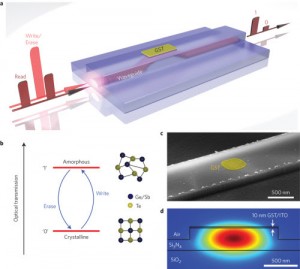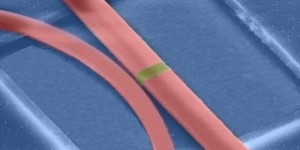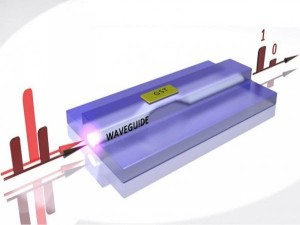





If this isn’t an improvement to binary electronic devices, I don’t know what is. As with any new innovative technology, more work is to be done before we will see this commercially. The main objective will be to make the photonic chips a competitive enough size to outshine SSD flash storage. Once all this becomes finalized, we could expect working computers with 100 times faster processing than what we use today. Bring it on.

 Laptop & Tablet Parts
Laptop & Tablet Parts




















